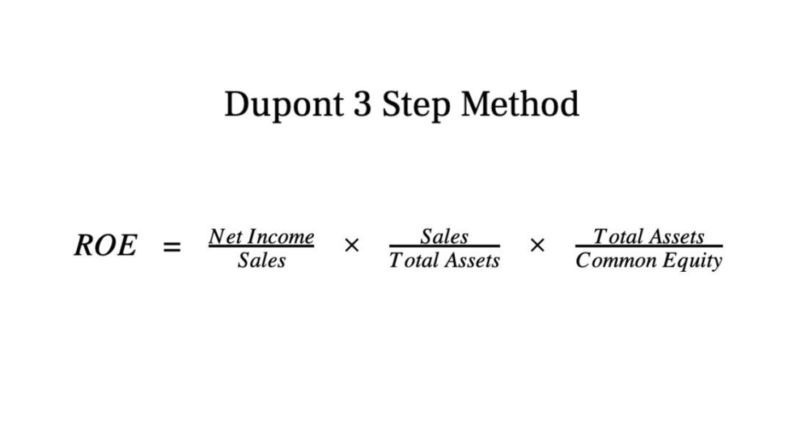
Explore why HighRadius has been a Digital World Class Vendor for order-to-cash automation software – two years in a row. Use digital tracking tools – Automate vendor communications and provide real-time visibility into payment schedules. Resolve discrepancies promptly – Investigate and correct errors before payments are processed. AP represents all short-term debts your business needs to pay for general operations. In this guide, we’ll break down these terms and their impact on your daily financial operations.
How Accrued Expenses and Accounts Payable Affect Financial Statements
Managing payables and accruals are an important part of the short-term liquidity requirement of a business. An accrued expense is a liability of a business that becomes liable due to past events and is due in the future. In the complex world of business finance, understanding Accounts Payable (AP) is critical.
- Recording Accounts Payable is an essential aspect of accurate financial accounting.
- These explanations will help the learner identify both the liabilities efficiently and treat them in the books of accounts accordingly.
- Managing both these functions are therefore essential for the health of your company.
- Negotiate favorable payment terms with your vendors for the smooth running of your accounts payable process.
- Hence, while accounts payable is recognized as a current liability, accounts receivable is recorded in the current assets section of the balance sheet.
- Accrued expenses represent costs incurred without an invoice, with payment timelines often dictated by internal policies or agreements.
The Risks of Trade Payables

For example, if a company pays for office space and utility bills, these expenses are considered non-trade payables. Accounts payable (AP) is the money a business owes to its suppliers or vendors for the goods and services it has received but not paid yet. Monitoring trade payables and receivables helps you optimize cash flow effectively. By keeping track of when payments are due, you can efficiently plan outflows, ensuring you have enough liquid cash to meet real-time, short-term financial obligations, like payroll and rent. Trade payables are liabilities directly relating to business operations, such as purchases of goods or services used to carry out the main objects of the business.
The Critical 8 Steps of the Accounting Cycle
An accounts payable system, for example, is precisely built to simplify invoice intake, match it with purchase orders, request approvals, schedule payments, and much more in a single place. These liabilities have a span of more than 1 year and are payable in more than 1 year. On https://www.bookstime.com/articles/trade-payables the other hand, current liabilities are short-term liabilities that have to be paid within 12 months. To simplify the miscellaneous trade and non-trade payables of the large-sized companies, the term “Other payables” has been established to represent all the small items of trade and non-trade payables.
Accrued Expense vs. Accounts Payable: What’s the Difference?

However, businesses often face the decision of whether to retain or outsource their AP operations. Any amounts owed to suppliers that the company immediately pays in cash are not part of trade account payables since they are not a liability. In the accounting system, businesses record trade accounts payables in a separate accounts payable account. They also credit the accounts payable account and debit whichever account closely represents the payment’s nature, such as an asset or an expense. Trade payables or trade accounts payable refer to the money organizations owe other businesses for purchasing products and services on https://www.bookstime.com/ credit.

The terms of the purchase dictate that ABC Furniture Company has 30 days to make the payment. It is industry practice however that if Other payables are more than 10% of current liabilities, they need to be shown separately. However, other payables would be placed under footnotes to financial statements. Instead, these liabilities will be taken to a generic “other” category and recognized as Other payables on the balance sheet.

For example, accrued wages are typically paid on the next payroll date, while accrued interest is settled according to loan terms. Tracking these obligations ensures timely payments and avoids penalties, particularly for recurring expenses like utilities or taxes. Accounts payable, meanwhile, is listed as a separate line item within current liabilities, providing a clear view of amounts owed to suppliers. This distinction is critical for evaluating short-term liquidity and operational cash flow. Differentiating these liabilities aids in assessing working capital and financial stability, influencing key financial ratios like the current ratio and quick ratio. Accounts payable (AP) pertain to the Accounting Periods and Methods liabilities amassed by a company throughout its activities that remain outstanding and require settlement in the near future.
- Trade receivables, on the other hand, are the funds that businesses are set to receive for the products they’ve sold.
- The invoice terms also dictate the point at which ownership of goods will transfer from the seller to the buyer.
- Metrics like Days Payable Outstanding help you figure out with precision how long, on average, your company is taking to pay suppliers.
- They specifically cover the amounts owed to suppliers for goods and services directly linked to business operations.
Accounts Payable, while broader, involves simpler vendor transactions and general expense tracking. TP also appears as a current liability, but it’s more focused on the inventory side of the business. It’s part of AP but typically isolated to help track inventory or goods-related obligations. It is like a list of all the bills your business needs to pay within the next month or quarter. To illustrate the difference between accounts payable and trade payable, let’s look at some fictional examples.
For example, if a clothing retailer orders t-shirts to sell, that’s considered trade payables. But if a lawn care company orders t-shirts to turn into company clothing, that’s not considered trade payables. If the purchase is paid right away and not made on credit, it’s not trade payable. Debtors are people or entities to whom goods have been sold or services have been provided on credit and payment is yet to be received for that. Further, the nature of the transaction is also considered when deciding upon the type of liability. For example, if the transaction relates to trading goods such as purchasing raw materials (for manufacturing industries), the payable is a current liability.